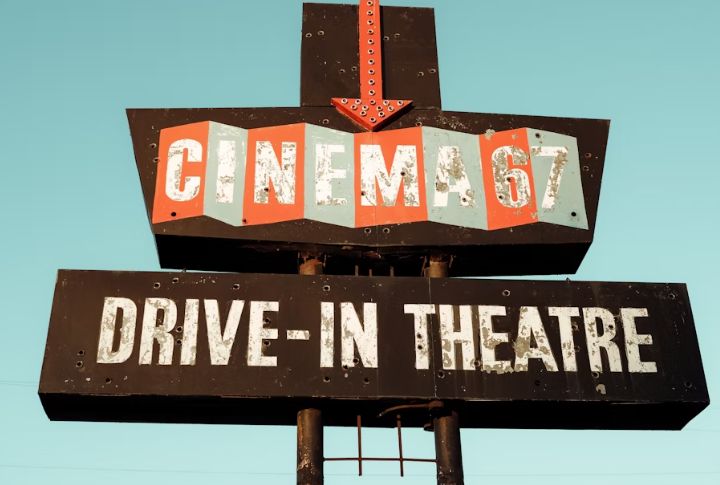
Daily routines once moved at a slower rhythm, shaped by tools, customs, and expectations that no longer exist. For many older Americans, the world they grew up in feels almost unrecognizable today. These glimpses into everyday life show just how much has shifted across a single lifetime. See how many sound familiar to you.
Iceboxes Were Cooled With Real Blocks Of Ice
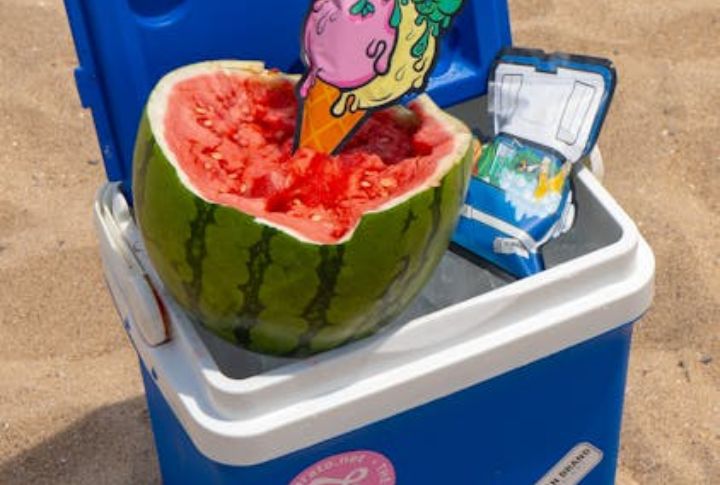
In the days before modern fridges, iceboxes were the go-to for keeping perishables fresh. Ice was delivered regularly, and families would have to manually drain the meltwater. This routine was part of everyday life. Some kids even chased the delivery truck to grab a chunk of ice for themselves.
Cigarettes Were Sold With Just A Note From Parents
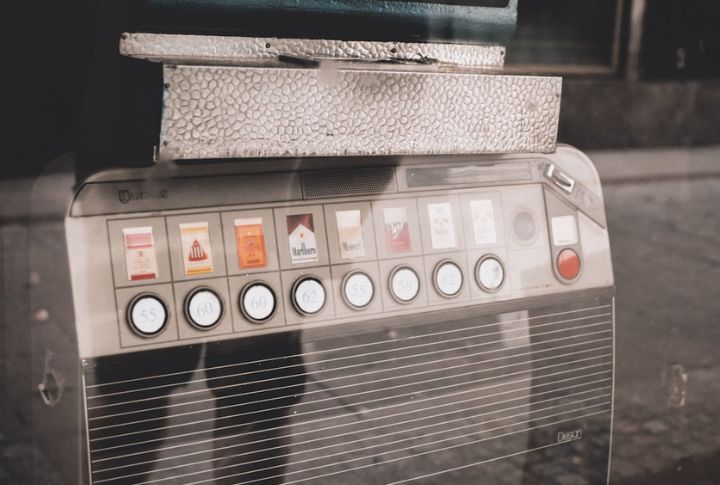
Cigarettes could be bought with a note from a parent at local corner stores and gas stations. The note, usually specifying the desired brand, could also come with a bit of candy or change. Additionally, cigarette machines were frequently located in diners and bowling alleys, which made them widely accessible.
Typewriters Were Essential For School And Work
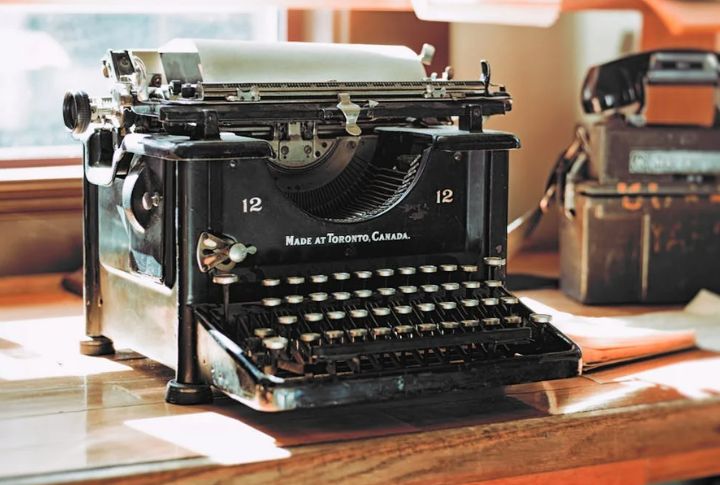
School assignments and office work once relied on typewriters. Mistakes had to be fixed manually using white-out or correction tape. To keep up, students took typing classes that emphasized accuracy and focus. While the process felt slow, it built discipline, encouraged careful planning, and inspired a lasting respect for thoughtful, precise work.
Teachers Could Paddle Students In Class
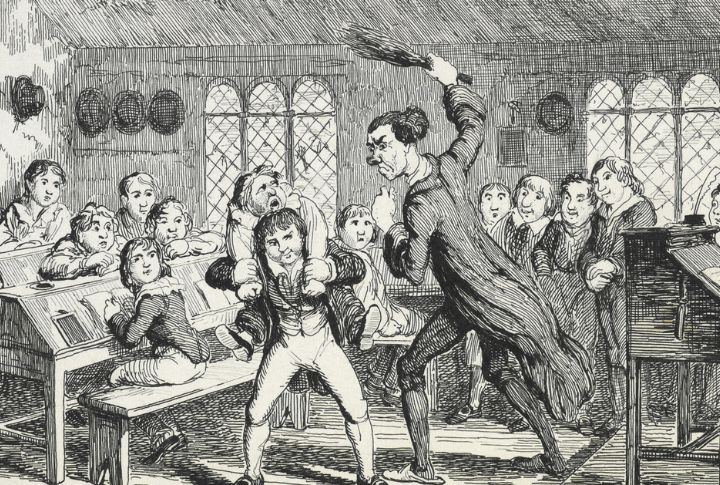
Back then, teachers didn’t just give warnings; they used wooden paddles. And yes, those paddles stayed right in the classroom. Additionally, corporal punishment was legal in schools before the 1980s, and most parents were totally fine with it. Some schools even had discipline rooms where misbehaving kids got sent for a paddling session.
Women Wore Hats Or Had Tissues Pinned At Church

Catholic tradition in the 1950s and 1960s required head coverings in church. Women typically wore hats or mantillas. Nuns pinned tissues on anyone who arrived bareheaded. The practice lost prominence in the years following the Second Vatican Council, which led to many adjustments in church customs and appearances.
Libraries Were Once The Hub For Job Searching
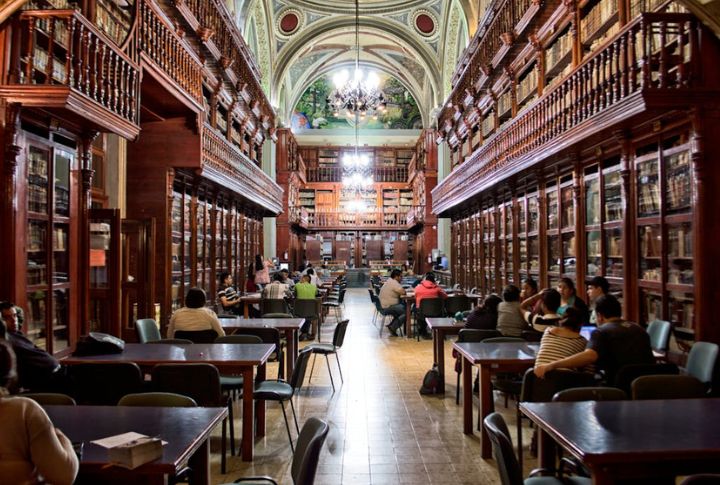
Before online platforms, libraries played a central role in job searches. Listings filled bulletin boards or hid in folded newspaper pages. Resumes were typed, printed, and mailed by hand. Interviews weren’t scheduled with a click—they started with a handshake or a phone call. The pace was slower, but the process felt grounded.
Only One Car Per Family Was The Norm
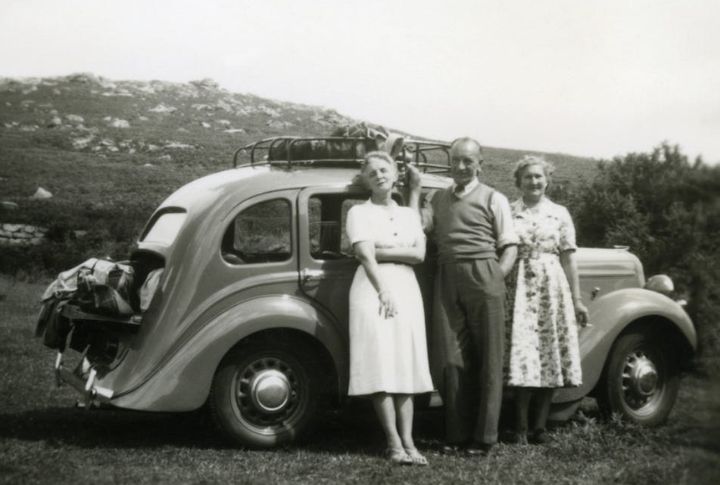
Between the 1950s and 1970s, most families relied on a single car. Fathers usually drove it to work, while mothers took care of errands by walking or using the bus. Coordinating rides with neighbors, known as carpooling, required careful planning. Because fewer vehicles shared the streets, neighborhoods stayed quiet and safe.
Milk And Bread Were Delivered To The Door
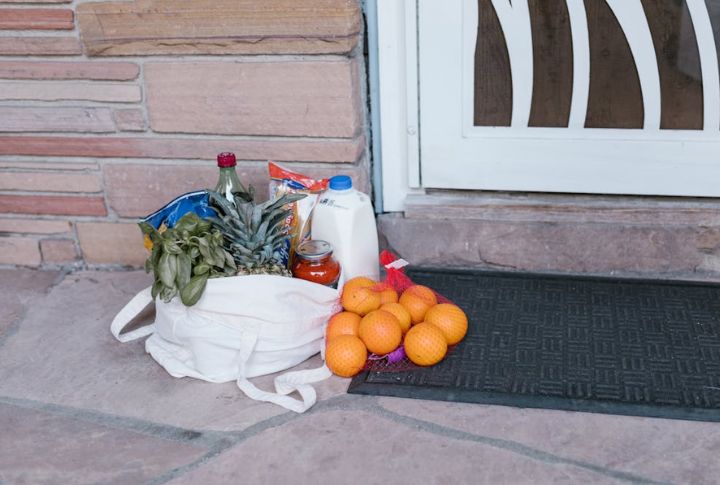
Home delivery of groceries was a normal part of life until the 1970s. Milkmen dropped off fresh items using insulated trucks, usually leaving milk in reusable glass bottles and bread sealed in wax-lined paper to keep them fresh. In addition, empty bottles were left out for pickup.
People Could Smoke In Hospitals And Schools
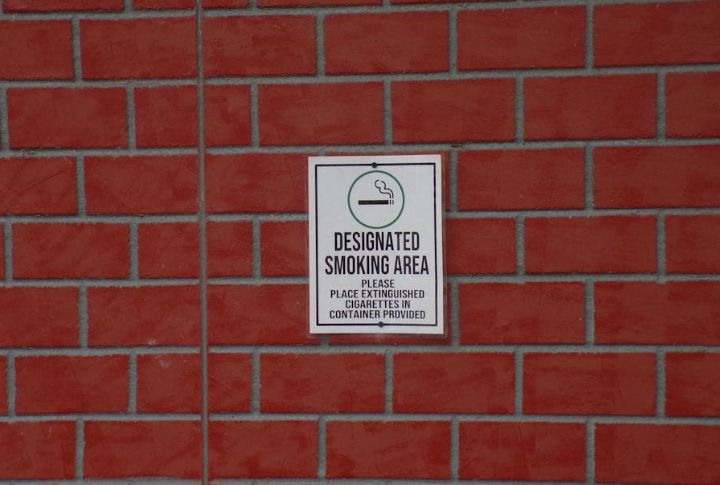
Smoking remained common in public places before the 1980s. Teachers took breaks in lounges, and students had designated smoking areas. Even hospitals provided smoking sections, including maternity wards. Furniture often featured built-in ashtrays. Smoking was a normal part of daily life, accepted with little social objection.
Drive-In Movies Were A Family Night Out
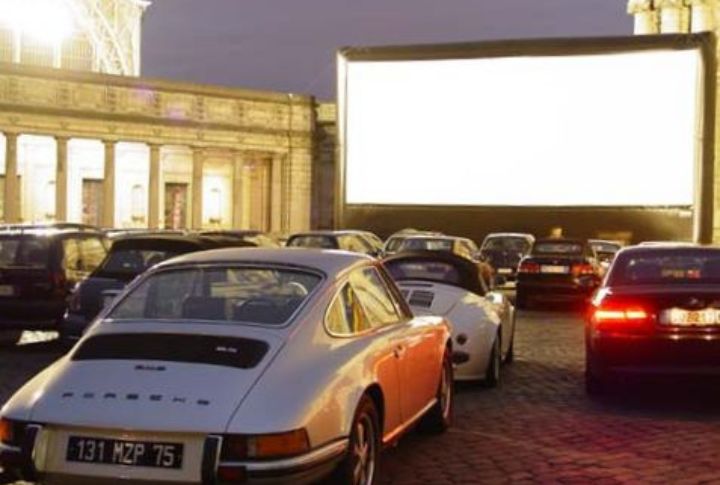
Drive-in theaters, popular from the 1940s to the 1970s, were an affordable entertainment option for families. One ticket covered everyone in the car. Kids wore pajamas, stretched out on backseats or hoods, and waited for the screen to light up. With sound coming through the window speakers, the night felt simple and unforgettable.

